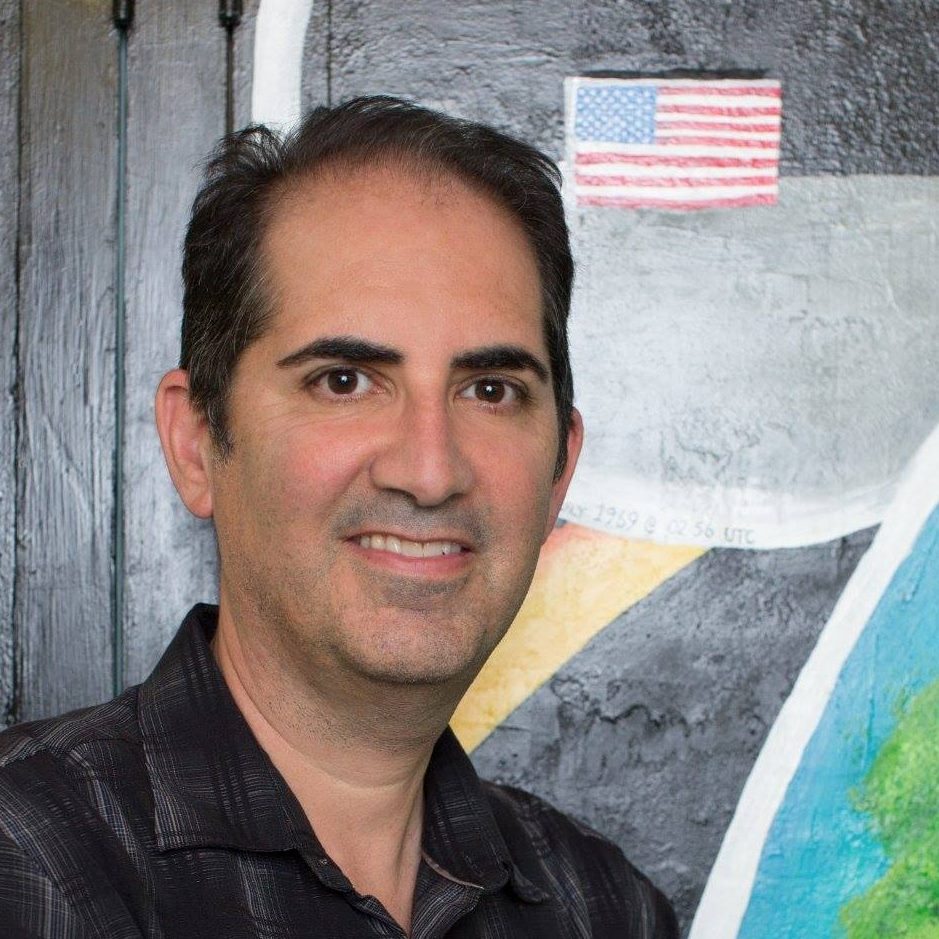Apollo 11 simulation
Back in April of last year I wrote up this proposal blurb for NSTA’s (National Science Teachers Association) annual convention in Los Angeles this year.
“Scientists and science teachers use models daily in pursuit of understanding the natural world. The next major communications platform is likely to be virtual reality, and science educators should be at the forefront creating content to facilitate student experimentation and understanding of the nature of science. The presenter will share several different types of simulations that he has used in his classroom, sharing evidence on how a combination of physical science experiments and simulations boost student achievement and increases student motivation for the challenges of inquiry learning. Students compare and contrast observed real world phenomena with simulations to develop critical thinking skills. These skills will be central to the adaptation of virtual reality curricular materials in science and engineering, from planning urban infrastructure to conducting nano-surgery. The limits are human imagination and the ability to articulate an idea in three dimensions. While access to platforms such as Oculus Rift and Vive are currently limited, the presenter will speculates on how a wide variety of existing simulations could be modified into virtual reality experiences students can enter. The challenge to science educators will then be to guide students as they reconcile the virtual world with the real world. The ultimate goal will be to accelerate scientific progress on solutions to real world problems through increasingly realistic virtual investigations.
Would you believe that they’ve accepted this proposal and now I have to conjure up some content. I’m depending on some trusted colleagues at my school to help me give the presentation while here from India, I will work in it. Perhaps I’ll be able to beam in virtually via Skype? I have so many ideas, I’m going to try to build some up here and share some demos as well.
To start with, you can follow along with a friend of mine for a portion of the Apollo 11 simulation. As with all of these videos screen-captured from the Rift, you will see only what the user was looking at. The experience in VR itself is so much more immersive in a way that I’ve found difficult to convey in words- so I think it should be experienced.
Here is another video captured from the experience on the Oculus that includes some of the take off from and re-entry to Earth. The overall effect of the Apollo 11 simulation was very powerful for me. I felt a deeper respect for the courage of the astronauts and jaw-dropping awe at the accomplishments of all the scientists, working together to achieve what many had to think was impossible. To actually be one of the astronauts on the moon talking to the President is a perspective that I never had reading about it or seeing a video. It is possible to do parts of this simulation in “interactive mode” where you get to perform docking procedures but that seemed like more of a game-type of thing to me. To the extent that the controls and panels that are so exciting to examine are realistic, however, I think taking the controls might be an even more powerful learning experience. Kudos to ImmersiveVREducation for really doing a great job on this.
